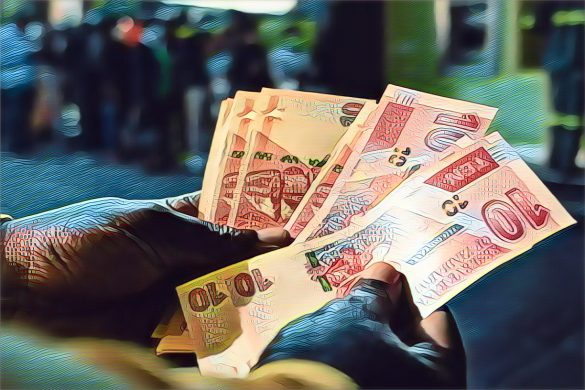In a startling contrast to the Zimbabwean government’s claims, respected economist Steve Hanke has reported that Zimbabwe’s inflation rate has soared to an alarming 1072%, positioning it as the highest in the world. This figure starkly contrasts with the government’s insistence that the inflation rate remains under 30%, specifically at 26.50%. The news, published on January 17th, 2024, by NewZimbabwe.com, a leading online newspaper in Zimbabwe, highlights a significant discrepancy in the country’s economic assessment.
Steve Hanke, a renowned economist known for his periodic reviews of Zimbabwe’s economy, has termed President Emmerson Mnangagwa’s administration a ‘hyperinflation masterclass.’ This statement comes in the wake of Hanke’s calculation of the inflation rate, which he pegged at 1072% as of January 11. He noted that Zimbabwe’s inflation had previously peaked at 1220% in June and stabilized around 848% during October and November of the previous year.
This high inflation rate is reflected in the massive price hikes visible throughout Zimbabwe, exacerbating an ongoing economic crisis. The crisis has not only led to increased prices but also significantly devalued salaries, which largely remain static. The Zimbabwean currency, initially introduced at a parity of US$1 to ZW$1, has experienced a steep decline. It currently trades at around ZW$10,000 per US dollar in the popular parallel market and just over ZW$6,000 on the government’s Interbank platform.
Contrary to these alarming figures and the evident economic turmoil, President Mnangagwa’s ruling party, Zanu PF, maintains that the economic situation is improving. This optimistic stance by the government is in stark contrast to the dire economic realities presented by Hanke’s findings and the observable market conditions.
The Zimbabwe’s inflation crisis underlines the significant challenges facing the country’s economy. It highlights the discrepancies between government claims and independent assessments, casting a spotlight on the economic hardships faced by the Zimbabwean population. The situation calls for critical attention from both national and international economic experts and policymakers, as the gap between official figures and on-the-ground realities continues to widen.


